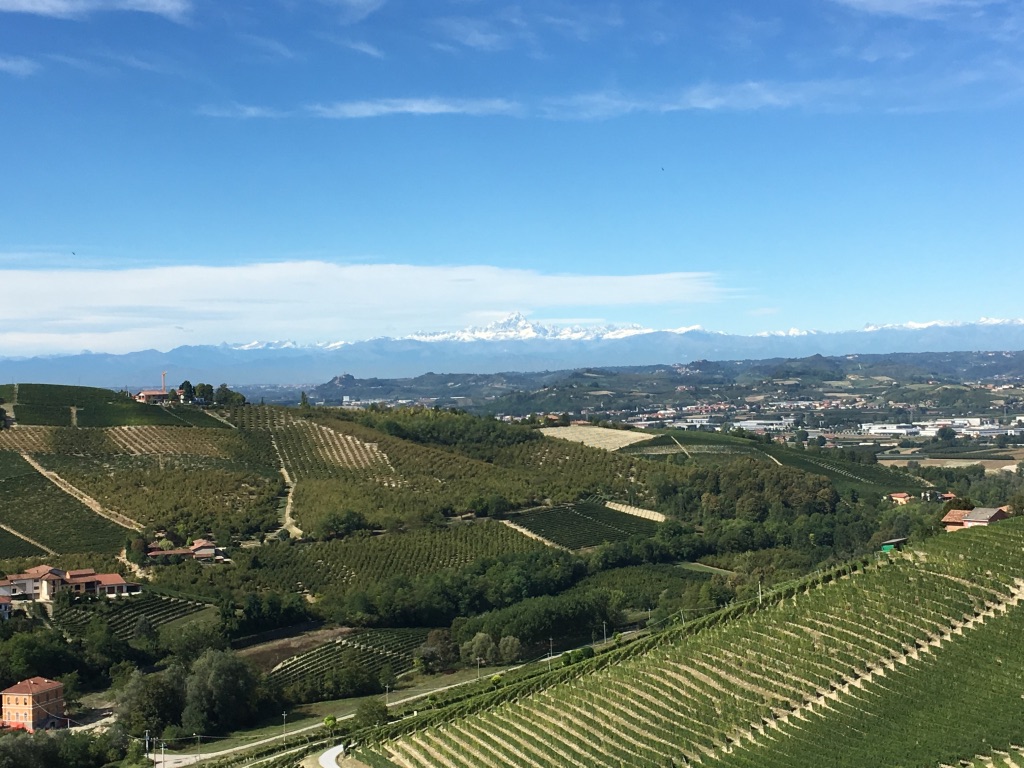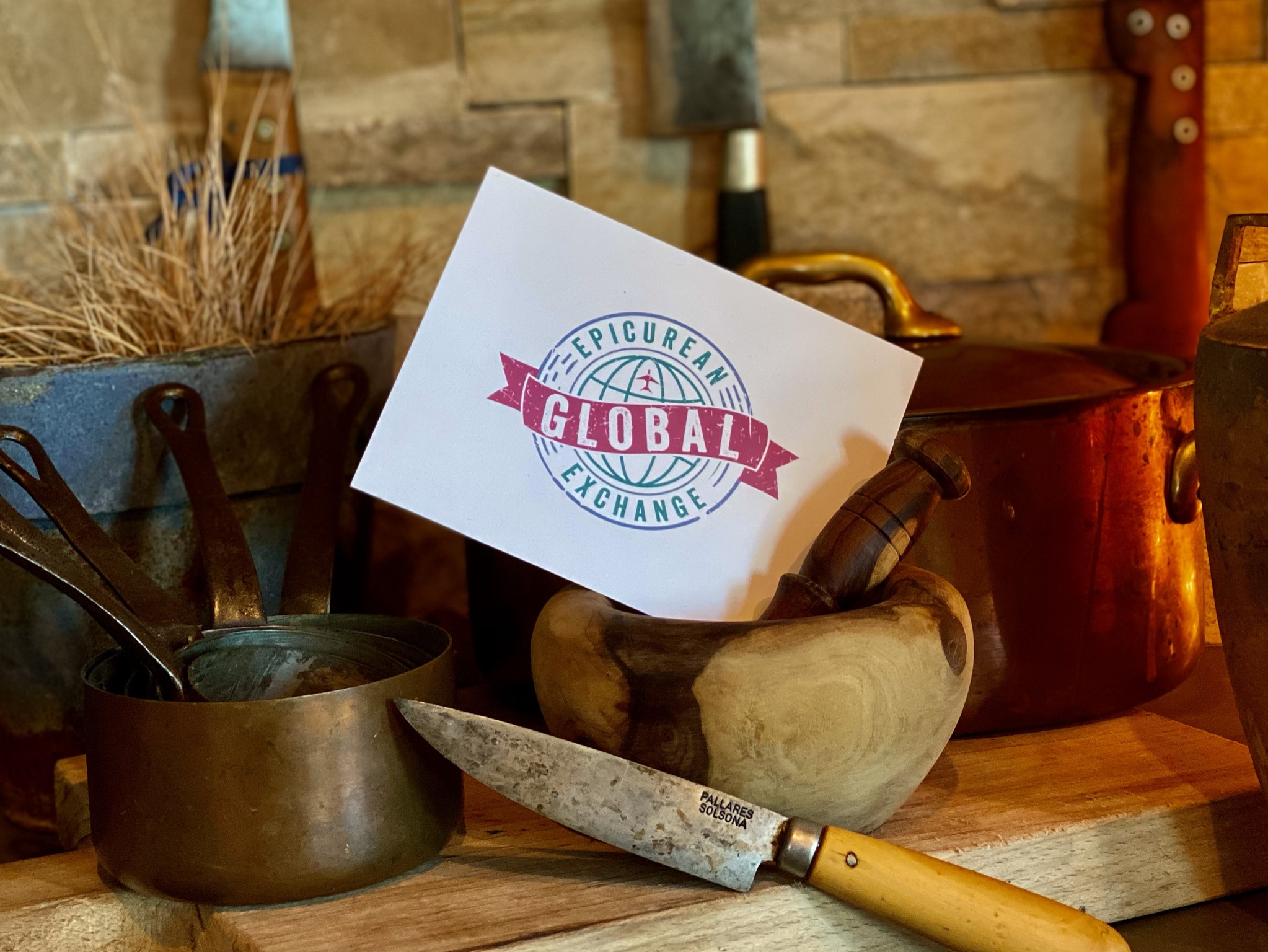This past week, our diners enjoyed a classic Northern Italian menu complete with minestrone, a pork sausage ragu, and chocolate-hazelnut cake — all from the Piemonte region, and all discovered on our Piemonte Culinary tour. The potato dumpling or gnocchi originates from Northern Italy where the cooler climate was better suited for growing potatoes rather than grains.
According to a piece in Saveur magazine, “There are many regions that lay claim to the origins of gnocchi. While they are generally associated with northern Italy, the truth is that these dumplings are found all over the peninsula and in many diverse forms, made with a variety of base ingredients depending on where they come from: flour, corn meal, semolina, bread, chestnut flour, ricotta, or vegetables — from pumpkin to spinach to the classic potato.”
The word gnocchi is thought to come from nocca, which means knuckles, or from the Lombard word knohha, which means knot (such as wood knot) or walnut — all words that imply the small, tight, rounded shape of gnocchi that we know today.
In the nineteenth century, Pellegrino Artusi, the “grandfather” of Italian cuisine, published a recipe for potato gnocchi prepared in exactly the same way that we see today, complete with the story of a woman whose gnocchi disappeared in the pot she was boiling them in — because she hadn’t used enough flour to hold them together. He first shapes his gnocchi into pinky-sized pieces and then rolls them against the back of a cheese grater for texture. That texture, whether created by rolling gnocchi with the tines of a fork or with a special wooden implement, help give the otherwise smooth dumplings little nooks and crannies where sauce can hide, and guarantee full flavor with every bite.

Every region in Italy, especially in the north, has its own gnocchi variation and its own specific sauce or serving style. In Piedmont or Lombardy, you might find potato gnocchi tossed in a simple dressing of butter and Parmesan, or in a creamy, cheesy sauce passed under a grill to brown the top before serving. In Verona, potato gnocchi is traditionally served in a tomato sauce—it’s a dish associated with Carnival that goes as far back as the 1500s.
Here’s my version of these tasty morsels. So easy and delicious!
– Chef Charlie
Piemontese-Style Potato Gnocchi
1 – pound medium-sized russet potatoes (all the same size)
3 large egg yolks
1/2 cup freshly grated Parmigiano-Reggiano cheese, plus more for garnish
1/4 teaspoon freshly grated nutmeg
1/2 teaspoon salt
1/4 teaspoon freshly ground black pepper
1 cup all-purpose flour, plus more for dusting board and the dough
2 tablespoons unsalted butter
2 tablespoons minced parsley
Kosher salt and freshly ground black pepper to taste
• Preheat oven to 375˚F. Pierce the potatoes all over with the tines of a fork. Place the potatoes on the oven rack in the middle of the oven. Bake the potatoes for 1 hour or until tender when tested with the tines of a fork. Remove, allow to cool, and peel. Pass the potatoes through a ricer and set aside (should yield approximately 2 cups).
• In a large bowl, whisk together 3 of the egg yolks, the cheese, nutmeg, and salt and pepper. Add the “riced” potatoes and mix well. Sprinkle 1/2 cup of the flour over the potatoes. Using your knuckles press the dough together. Fold the dough over on itself, and continue to press together, adding more flour until the dough just holds together and is not sticky. Note, that you may not need to use all the flour, and less is better. If the mixture is too dry, add a little water.
• On a lightly-floured work surface, cut the dough into 6 pieces. Roll each piece into a rope about 1/2-inch in diameter. Cut diagonally into 1/2-inch-long pieces. Place the pieces on a lightly flour baking sheet, and to prevent sticking, lightly cover them with flour. Shape the gnocchi on the tines of a fork; set aside. To do this: I turn a dinner fork upside-down; press the gnocchi on the tines of the fork with one finger to create a divot on one side and ridges created by the tines on the other side and then gently roll into a crescent shape. It only takes the first 50 to learn this, and then you are good to go!
• Bring a large pot of lightly salted water to a boil. Drop the gnocchi in the boiling water (all at once), and let cook until the last of the gnocchi has risen to the top. When the last one has hit the surface, set a timer for 1 minute. Remove the gnocchi with a skimmer or slotted spoon (and place on a dry towel to capture any water), and then place in a shallow bowl. Toss with a little olive oil or softened butter; freshly grated Parmigiano-Reggiano cheese and finely minced parsley.
• Serve as soon as possible.
Yields approximately 75 pieces
Serves 8
© 2012, Epicurean Exchange. All rights reserved









